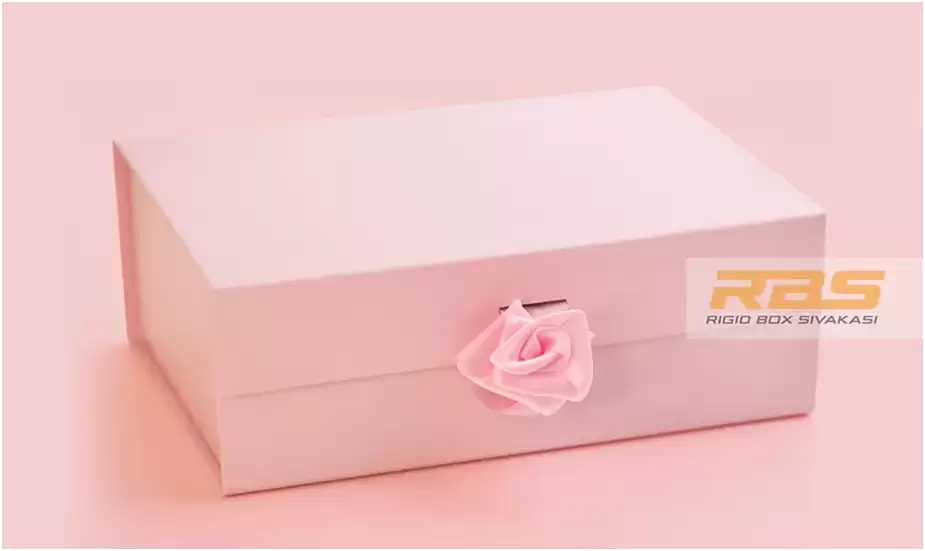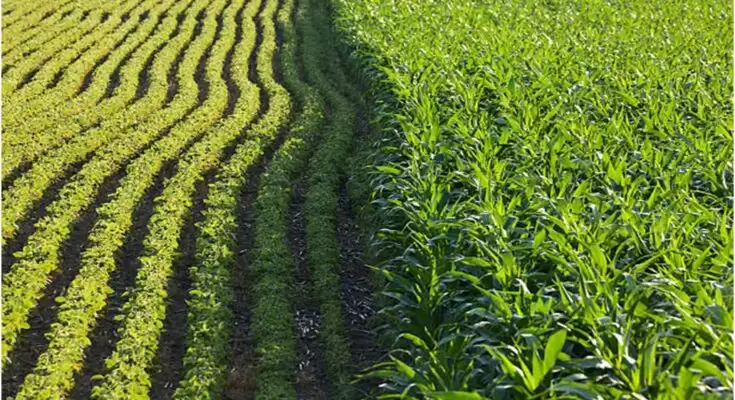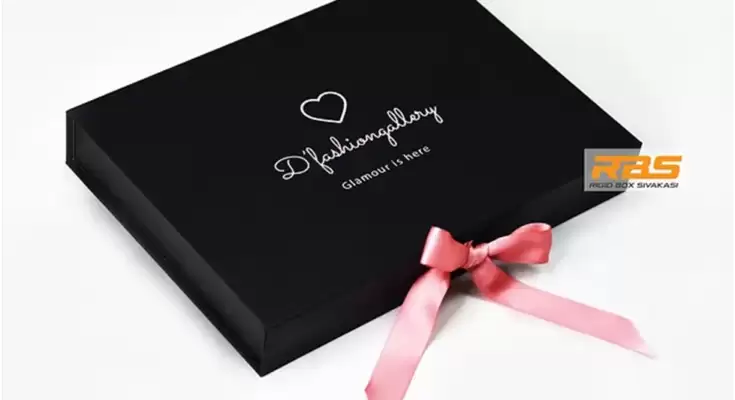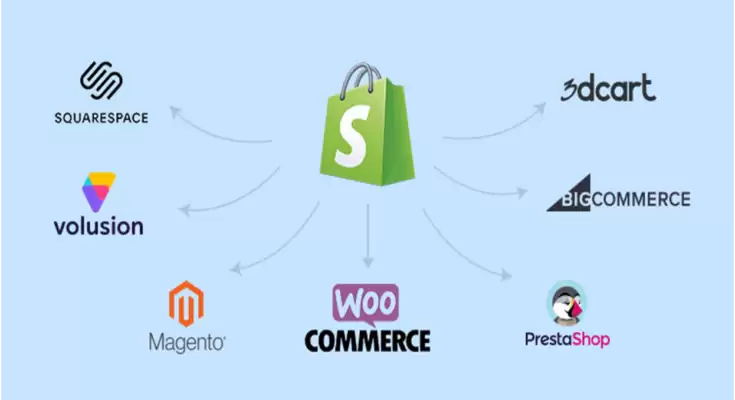Rigid Boxes are a relatively new type of paper-board-based packaging that only began to take on its current form in the past ten years. While the fundamental idea behind a rigid box India is that it always has a hard shape, more recent advances have made it possible to fold flat and thus provide rigidity “on demand” during packing and shipment
By their very nature, fragile products require protection, which is nicely complemented by packaging that cushions the object inside. Folding cartons, which are somewhat flimsy throwaway packaging, are not very effective in protecting delicate goods.
Most packaging printing businesses are unable to print or finish boxes that weigh more than 300gsm. Customers are forced to make unusual decisions about whether to raise the product’s strength as a result of this conundrum. This is not required. The product must service the package, not the other way around.

The most popular raw material for folding cartons, trays, and sleeves is coated white chipboard. This compact, recyclable solution offers superb printing quality and premium folding options. It works best when used for retail, medicinal, and cosmetic product boxes.
Give yourself enough time to feel the many materials you have at your disposal. You can use this activity to determine what works best and use that information to guide your decisions on the product packaging. There are a few steps you must take to ensure that a reputable printer will fulfil your packaging needs when it comes to designing innovative rigid boxes.
The package printer must be innovative by nature in order to excitedly accept your project and thoroughly consider each of your requirements. Variations frequently occur as a result of numerous assumptions and miscommunications, forcing you to accept the work that has been completed.











